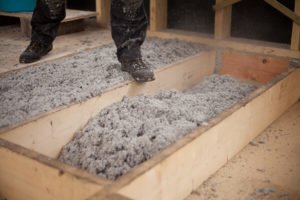The Sentricon Termite Colony Elimination System was introduced in 1995 as the first smart alternative to traditional liquid barriers. This baiting system has been proven to be effective at reducing and eliminating termite numbers and colonies, and it takes the unique biology and behavior of termites into consideration. Sentricon specifically looks at termite tunnels and cellulose food sources.
Understanding Termite Behavior
Termites build tunnels that are up to 350 feet long, and they work for food continuously. They are a well-organized team that consists of workers, soldiers and the queen. When a source of food has been identified, termites will leave behind a scent so that other termites in their colony can follow after. The worker termites chew and digest the cellulose food sources and then share them with the colony.
While termites may sound to be nothing more than food scavengers, we know that they feast on wood and can cause severe structural damage over time. That is why it’s essential that bait systems are fast, effective and efficient at eradicating termite colonies. This is where Sentricon comes into play.
A Closer Look at Sentricon
The Sentricon bait system is based on the behavior of termites, and it works by getting the termites to ingest the bait when crawling through their long, underground tunnels.
Bait systems are placed around the perimeter of a home by a professional pest control company. They are typically arranged 10 to 20 feet apart, and when the termites come into contact with the bait station, they eat the cellulose material and inadvertently ingest an insect growth inhibitor. The termites go on to share this “food” with their colony members that also ingest the bait. As the growth inhibitor takes over and prevents the termites from being able to molt, they die off.
Sentricon is not only beneficial for immediate treatment but also for long-term pest prevention. When the bait stations are placed around the home, they continue to work by distributing bait to termites to kill off the workers, soldiers and queen. That means that termites will never reach your home, preventing structural damage and preserving your peace of mind. Bait stations do need to be re-baited over time, but your pest control company will offer a warranty that makes these visits to your home low cost.
Is Sentricon Effective?
Sentricon has been proven to work, and it has many benefits to traditional liquid barriers. It is the most environmentally responsible form of termite treatment because there are no chemicals involved. Also, no drilling needs to be done as with liquid barriers that need to be injected into the foundation. The bait systems are only used where there are termite colonies detected, and the cost of Sentricon, at least initially, is less expensive than other options.
There are some things to think about with Sentricon that may affect your end decision. While Sentricon is effective, it does have its drawbacks. Because the bait stations are placed in the ground, they often disrupt the termite tunnels, and then the termite workers and soldiers choose to build new tunnels. Also, weather conditions like rain and snow can cause the stations to be disrupted. The goal is to go undetected by the termites, and Sentricon sometimes lacks in this department.
Also, Sentricon does require regular maintenance. A certified professional from Dugas Pest Control will come out to the home at regular intervals to re-bait the stations. You’ll want to consider these costs in addition to the initial cost of the system. The good news is that the Sentricon system is affordable and will most likely fit into your budget better than a traditional liquid system.
The best part about Sentricon is that it is environmentally friendly. Providing long-term protection, you don’t have to worry about chemicals or pesticides making their way into your home. And, there is nothing better than knowing that your home is termite free and your family and pets are not exposed to chemicals. Contact Dugas Pest Control for more information.

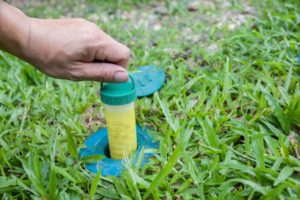 Homeowners in Baton Rouge fear termites because they have the ability to cause structural damage to the home. In many cases, the damage has already been started by the time that termites are discovered.
Homeowners in Baton Rouge fear termites because they have the ability to cause structural damage to the home. In many cases, the damage has already been started by the time that termites are discovered.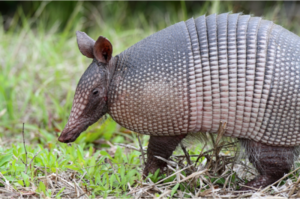 People often think of
People often think of 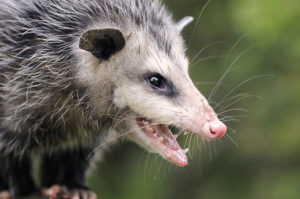 If something has been getting into your garbage, eating your pet’s food and creating strange, scratching noises in the attic, it may not be squirrels or raccoons that are invading your property. It may be opossums coming into your Baton Rouge home.
If something has been getting into your garbage, eating your pet’s food and creating strange, scratching noises in the attic, it may not be squirrels or raccoons that are invading your property. It may be opossums coming into your Baton Rouge home. Snakes may not be anyone’s favorite creature to spot in their yard, but they are fascinating reptiles and a part of Louisiana’s natural heritage. They are also important members of our local ecosystem as for every snake with a bad reputation, there are many others that help keep the balance of nature in order.
Snakes may not be anyone’s favorite creature to spot in their yard, but they are fascinating reptiles and a part of Louisiana’s natural heritage. They are also important members of our local ecosystem as for every snake with a bad reputation, there are many others that help keep the balance of nature in order. In pictures, they look cute and innocent, but make no mistake;
In pictures, they look cute and innocent, but make no mistake; 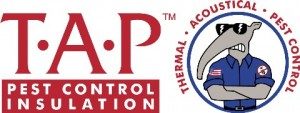 You definitely don’t want pests in your home; they scare the kids and some carry disease and bacteria! But even more than that, some pests can cause severe damage to the home.
You definitely don’t want pests in your home; they scare the kids and some carry disease and bacteria! But even more than that, some pests can cause severe damage to the home.
